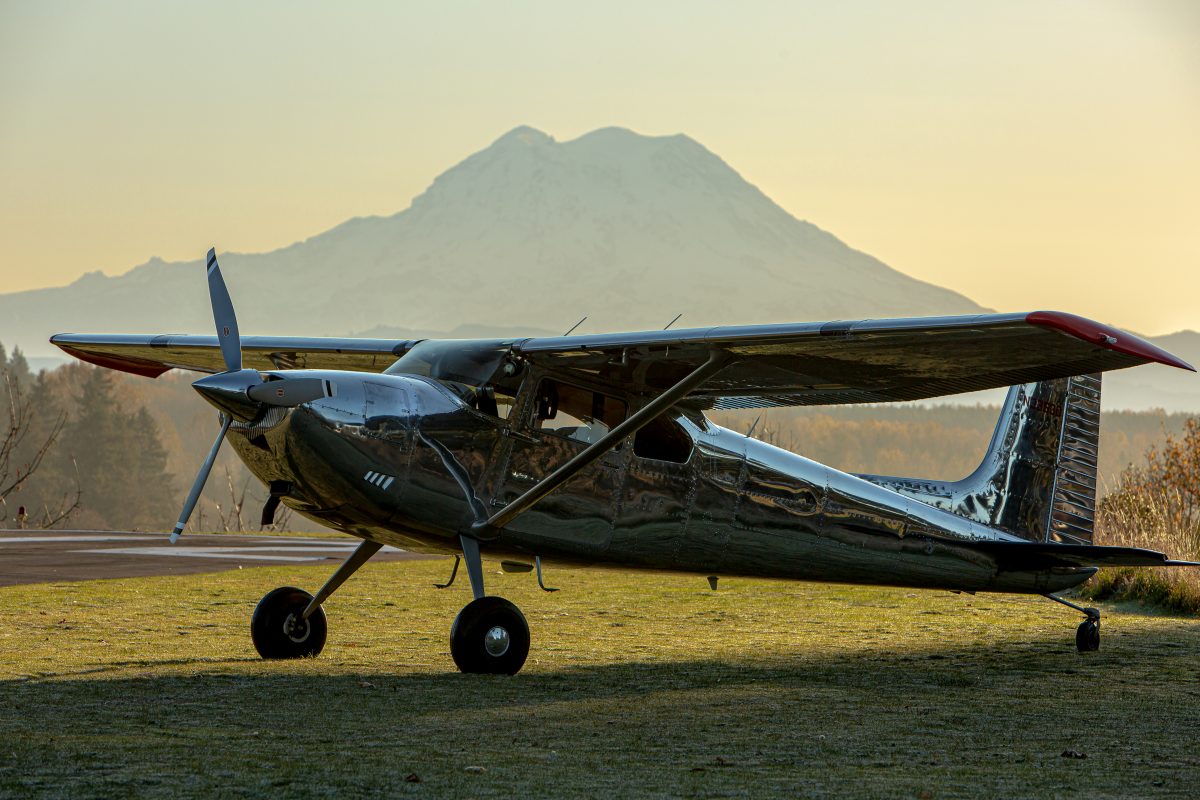
Flying is fun no matter the season, but there’s a lot to love about flying during the fall. Autumn’s crisp, cool weather means density altitude is lower, leading to better aircraft engine performance. During the brief sweet spot between sweltering summer heat and winter’s bitter cold, there’s usually no need for air conditioning or dealing with frost during preflight. Not to mention, fall is the perfect time to go “leaf peeping” and witness the colorful foliage from the air!
If you’re planning to do some fall flying, check out these tips to stay safe and make the most of the season:
With the arrival of fall, we begin to experience fewer daylight hours. As you prepare for fall flights, keep in mind that sunsets will be much earlier than you’re used to in the summer. Some smaller airports close for the night when the sun goes down, so plan accordingly. And remember, starting one hour after sunset, you’ll need to be night current in order to carry passengers.
During the late summer and autumn, billions of migratory birds travel impressive distances in search of food and milder weather. About 90 percent of bird strikes take place at or near airports, making it all the more important to be alert this fall. While we know that birds and airplanes don’t mix, there’s a host of other creatures to watch out for this time of year. Bats, squirrels, skunks, raccoons, and coyotes all ramp up activity in the fall. As the weather cools down, mice like to find their way into small openings in airplanes, where they can wreak havoc on seat cushions, wiring, and cables. Using a flashlight during preflight inspections can help you spot the signs of a rodent problem before it gets out of hand.
Later in the fall, it’s wise to start thinking about winterizing your aircraft. Whether you choose to store your airplane in a hangar or continue flying during the colder months, there are steps you can take to protect your investment. This includes keeping up with regular maintenance tasks like changing the oil, checking batteries and tire pressure, and ensuring pre-heating systems and propeller ice protection systems are operational. Before doing any cold-weather flying, pack a winter survival kit that includes a heavier blanket and coat, extra food, and water.
Now is also a good time to check your propeller’s logbooks to see if you’re getting close to the manufacturer’s published Time Before Overhaul (TBO) limits, either in flight hours or calendar time. Downtime during the winter months can provide the perfect opportunity to overhaul or upgrade your propeller, so you’re ready when the spring flying season arrives.
What are some of your favorite fall flying destinations? Share them with us on Facebook, Instagram, or Twitter!